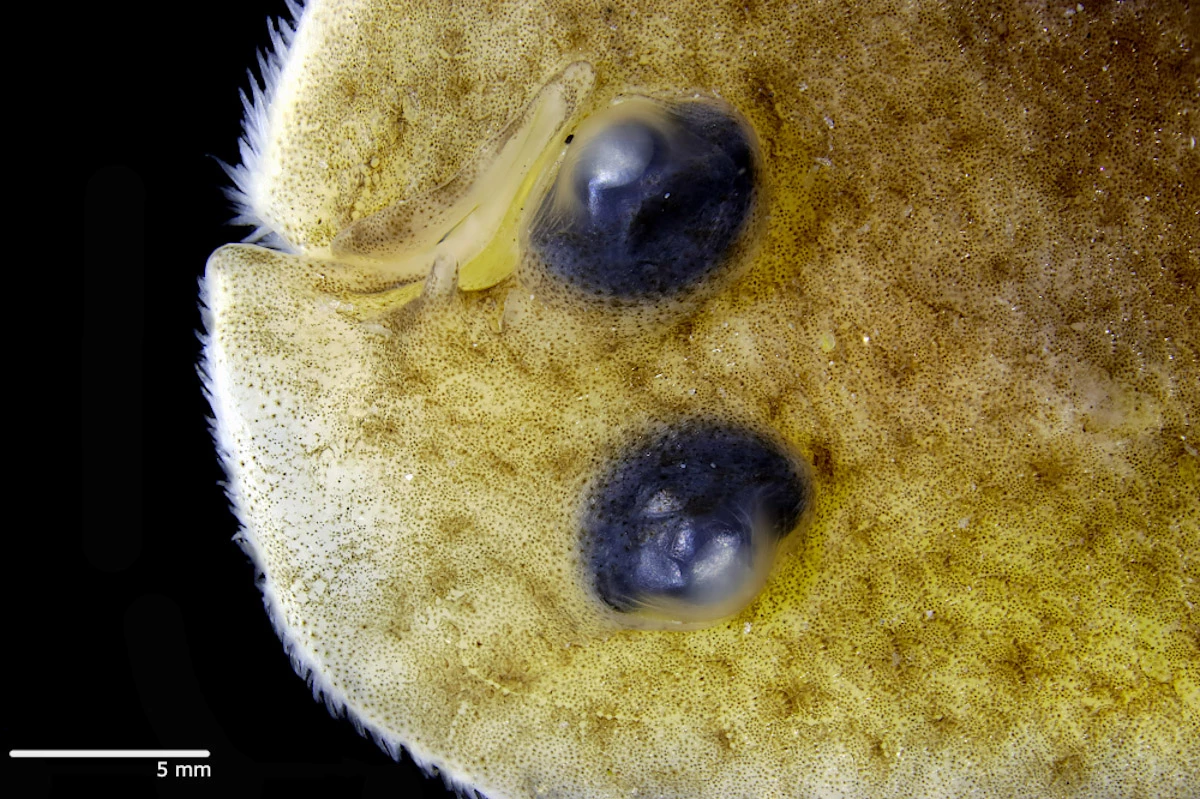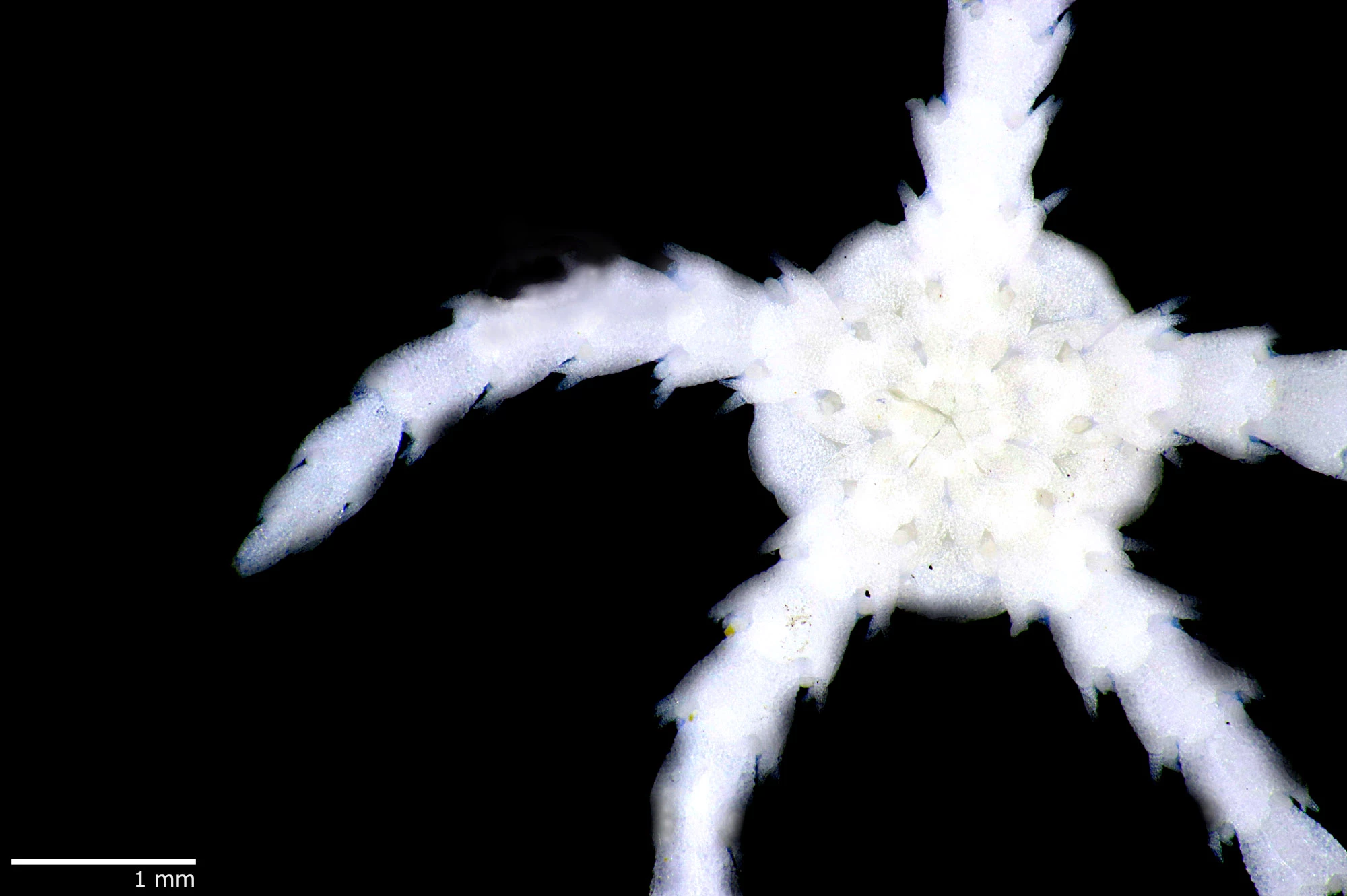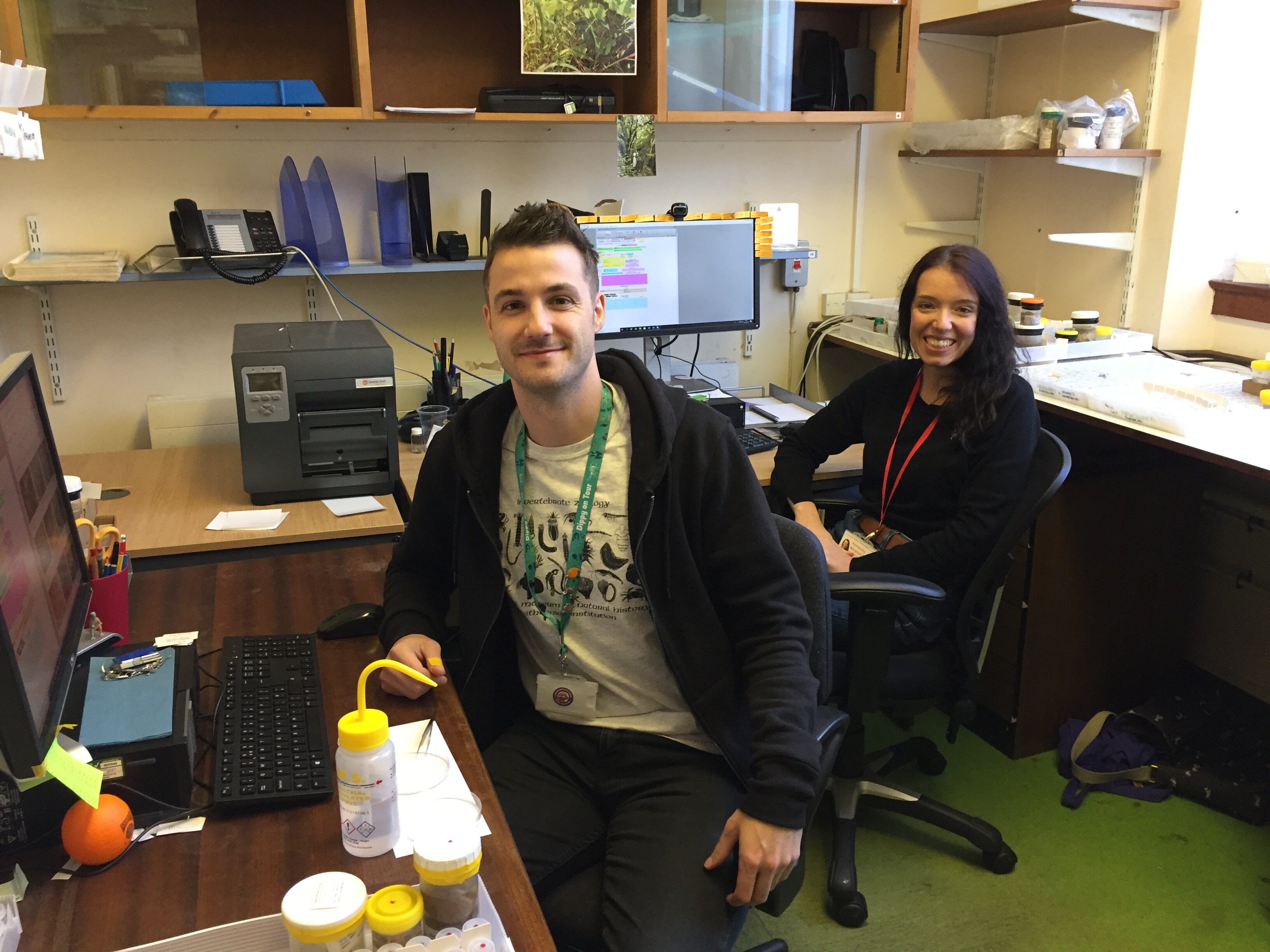Marine monitoring to museum collections
, 15 January 2020
Our new role as marine curatorial assistants within the invertebrate biodiversity section of Amgueddfa Cymru has so far not disappointed in offering insights into the tremendous diversity of life in our seas. After the first ten weeks of working to curate and conserve a large set of marine monitoring collections donated to the museum by Natural Resources Wales, we’ve already managed to log over 5,000 records of predominately marine invertebrates from around the welsh coast. These records have included starfish, polychaete worms, bryozoans, molluscs and anemones, to name only a few. Monitoring collections are essential for research in understanding the complexity of the natural world and diversity at many levels. To understand evolution, genetics and the morphological variation of species for example, specimens from many years are often needed, something which is not usually possible with live animals. These voucher specimens also hold valuable information about when and where species live and can be used for verification when the identification of a species is in doubt. An important contemporary issue is that specimens held in collections offer a wealth of baseline information which can be used as a comparison against current observations. This is essential when looking at how climatic changes are impacting marine life.
For research to happen, specimens must be properly cared for, with their information being easily accessible. Our role can be predominately split into two parts: office and laboratory work. Work in the office encompasses everything from sorting species vials into classification groups, the logging of each vial from analogue to digital formats into a database, where locality information (e.g. sediment type and depth) and method of collection is inputted, to printing new labels for the vials, each with a unique reference number. In the laboratory, the number of specimens in each vial must be counted to accurately record species abundance, vials are then topped up with ethanol, labelled and rehoused into larger jars according to their classification groups. This method of double tubing vials into larger containers acts as not only an accessible way for a particular species to be found, but also as a preventative to stop specimens drying out. These new specimens will be added to an already impressive collection of marine invertebrates at the museum, with over 750,000 specimens. Hopefully, they will be used for generations to come to compare what we know today about the unknowns of the future.





Comments - (1)
In around 1998 I found the shell of a freshwater pearl mussel on the Afon Tywi just outside Carmarthen. It was estimated to have been around 80 years old when it died. The ID was confirmed by researchers from the National Museum of Cardiff and they took the specimen away with them. I was at the time working out of Llandeilo for the Countryside Council for Wales and would be interested to know if the specimen was documented and kept.
Kindest Regards, Jenny